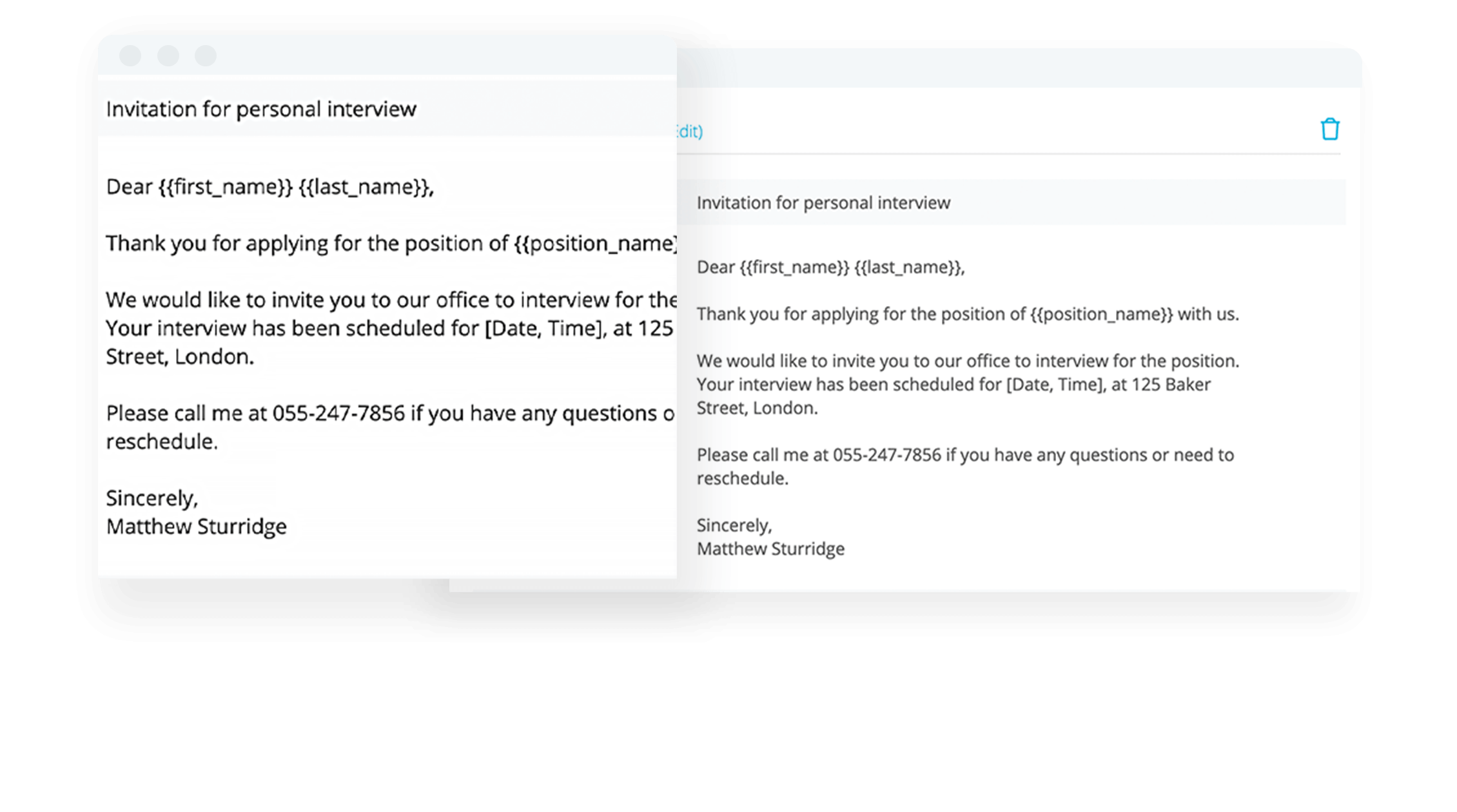Managing Insubordination at Work

In this article, our aim is to help you identify and deal with different types of insubordination at work and discuss when a disciplinary hearing is warranted.
The Key Facts on Insubordination at Work
Insubordination covers a broad spectrum of offences, including gross misconduct.
Proper management of an insubordinate employee can shape a positive outcome for both employer and employee.
More difficult insubordination cases may require a disciplinary hearing.
What Is Insubordination at Work?
The act of insubordination at work is defined as intentional defiance and disrespect of authority. When an employee refuses to act as instructed by their supervisor, without any justifiable reason, or disrespects their fellow colleagues or the business, this is insubordination.
What Is Commonly Considered Insubordination?
To count as insubordination, an employee must receive an assignment, acknowledge that the instructions were received and then choose not to complete the work, whether by ignoring it or by outright refusal.
Insubordination can be a one-time disruptive event, or it could refer to an ongoing behavioural issue. In either case, insubordination warrants discipline to properly address the problem, correct it and ensure the morale and wellbeing of the workforce is not affected by the offending behaviour.
What Is Serious Insubordination?
Serious insubordination occurs when the conduct in question is so egregious that it warrants immediate dismissal of the insubordinate employee. These line-crossing behaviours are often defined as gross misconduct.
Examples of gross misconduct include:
Serious, deliberate damage to company property
Theft of property or of information
Harassment of other employees
Physical altercations at the office
Gross negligence of duties
Threats made to other employees
How To Manage Insubordination at Work
Your insubordination management policies should follow the standards set out by Acas, but your company may have its own supplementary procedures.
In either case, some basic principles apply.
The first step is to make the employee aware that their behaviour is unacceptable:
Schedule a meeting with the employee to review the behaviour
Discuss what needs to change
Detail the steps toward a resolution
You can do this on the phone or on a video call, or you can request an in-person meeting. At this stage, the issue has yet to escalate to the need for a verbal warning.
Leave no room for ambiguity and do not sugarcoat the issue. Be clear about the consequences if the employee’s behaviour should not change, including the possibility of a disciplinary hearing that could result in termination.
Managing an Insubordinate Employee
How to deal with an insubordinate employee depends on the severity and extent of the infraction. Some helpful tips that will apply to most situations include:
Allow the employee to explain their behaviour. Allow them to share why they believe their behaviour was justified. This provides important context and gives them a chance to express frustrations in a more appropriate setting. It also helps you gain insight as to why the behaviour is occurring.
Check in regularly. Set regular meeting times to discuss the behaviour with the employee. This way, you can closely monitor signs of improvement, and your employee can partake in an accountability process.
Discuss the behaviours – not the employee. Focus your feedback on how your employee is acting and not on who they are as a person. They will be more receptive when the comments are limited in this scope.
Take notes. Establish a record of conversations held with the employee about their behaviour. This way, you will have the information you need to justify further action if warranted.
Drive Retention With Better Performance

Learn how to help your workforce grow and become future-ready with our detailed guide to managing performance at your organisation.
Download It For FreeTaking Disciplinary Action
If the behaviour does not improve after the initial conversation with the employee, a disciplinary hearing may be warranted. According to the Acas guidelines, disciplinary action includes:
Launching an investigation to gather evidence
Scheduling and notifying the employee in writing about the investigation and subsequent formal hearing
Holding the hearing, preferably conducted by a different person than the one who conducted the investigation
Making a decision and informing the employee in writing of that decision
Offering the employee a chance to appeal the decision
Disciplinary Outcomes
There are different outcomes in a disciplinary case, including:
Verbal Warning
This formal conversation between an employee, manager, and HR should detail the behaviours in question and notify the employee of consequences if the behaviour does not change. Make note of the verbal warning in the employee’s file.
Written Warning
A written warning is a letter sent to the employee detailing the insubordination. This is sent after the disciplinary hearing. The letter also contains next steps for corrected action, the time period to act properly and the consequences for non-compliance.
There are two types of written warnings: A first warning and a final warning.
The first warning is the initial step towards dismissal issued once insubordination has been confirmed. This is typically issued to those employees with no offences on record.
A final warning is issued if the behaviour does not improve. It warns the employee that they might be dismissed if actions as expressed in the warning are not fulfilled.
Dismissal
If the employee does not meet the conditions of continued employment as laid out in the warning, you can then dismiss the employee. The employee is allowed to appeal their dismissal.
Frequently Asked Questions About Insubordination at Work
What Are Examples of Insubordination?
Insubordination at work can take on several forms, including:
Exhibiting rudeness to managers or other employees.
Refusal to attend required meetings and similar events.
Ignoring emails and other important communications.
Refusal to come to work.
How Do You Prove Insubordination?
Proving insubordination requires documentation. Retain records with the employee which detail the insubordinate act or acts in question. If an investigation is warranted as per Acas guidelines, this documentation will be part of the gathered evidence.
Managing Insubordination In The Workplace
Record-keeping is a key part of managing insubordination in the workplace. Personio makes it easy, with digital employee files, performance tracking tools and more. Book your free demo to learn how Personio can help you manage everything in one place.
Disclaimer
We would like to inform you that the contents of our website (including any legal contributions) are for non-binding informational purposes only and does not in any way constitute legal advice. The content of this information cannot and is not intended to replace individual and binding legal advice from e.g. a lawyer that addresses your specific situation. In this respect, all information provided is without guarantee of correctness, completeness and up-to-dateness.


